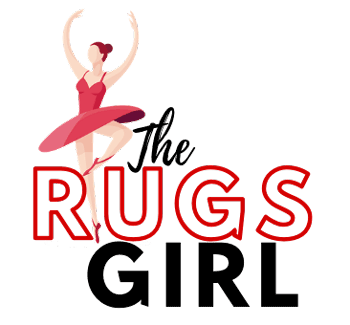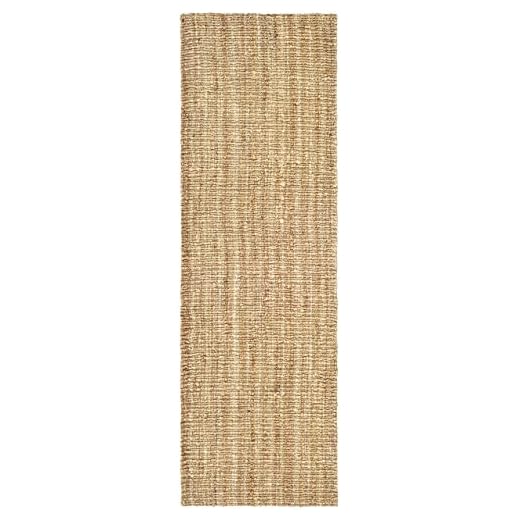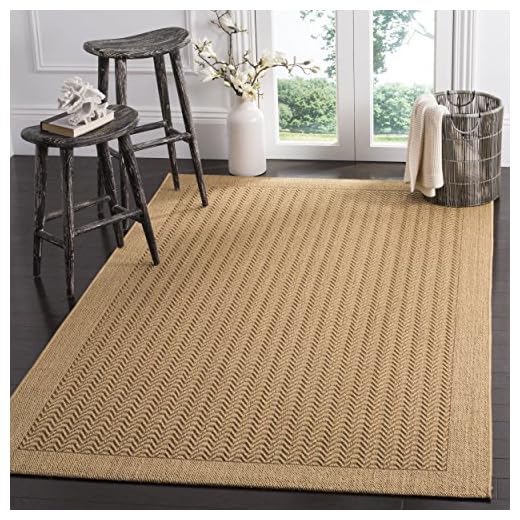If you are looking for a natural fiber rug to add texture and warmth to your home, you might wonder what the difference is between jute sisal and seagrass rugs. These three types of rugs are all made from plant fibers that are eco-friendly, biodegradable, and durable.
However, they also have some distinct characteristics that make them suitable for different purposes and preferences.
In this article, we will compare jute, sisal, and seagrass rugs in terms of their origin, appearance, texture, durability, maintenance, and cost.
What is the difference between jute sisal and seagrass rugs?
Origin
Jute, sisal, and seagrass are all derived from different plants that grow in different regions.
- Jute is a fiber obtained from the stalks of the jute plant, native to India and Bangladesh. It is one of the world’s most widely used natural fibers, second only to cotton.
- Sisal is a fiber extracted from the leaves of the sisal plant, which is native to Central America. It is a very coarse and stiff fiber that can be dyed in various colors.
- Seagrass is a fiber harvested from the leaves of seagrass plants that grow in shallow saltwater marshes. It is a smooth and shiny fiber with a natural greenish-brown color that fades over time.

Appearance
Jute, sisal, and seagrass rugs have different appearances that can create different effects in your home.
- Jute rugs have a golden-brown color that can add some warmth and coziness to your space. They also have a soft and fluffy texture that can create a casual and inviting look.
- Sisal rugs are beige or cream, which can blend well with any decor. They also have a coarse and rough texture that can create a rustic and natural look.
- Seagrass rugs have a greenish-brown color that can add some freshness and earthiness to your space. They also have a smooth and glossy texture that can create a sleek and modern look.
Texture
Jute, sisal, and seagrass rugs have different textures that can affect their comfort and feel underfoot.
- Jute rugs are the softest among the three types of rugs. They are comfortable to walk barefoot or sit on. However, they are also prone to shedding and pilling over time.
- Sisal rugs are the hardest among the three types of rugs. They are not very comfortable to walk barefoot or sit on. However, they are also very durable and resistant to wear and tear.
- Seagrass rugs are somewhere between jute and sisal rugs in terms of softness. They are not as soft as jute, but not as hard as sisal. They are also very durable and resistant to stains and water.
Durability
Jute, sisal, and seagrass rugs have different levels of durability that can impact their longevity and performance.
- Jute rugs are the least durable among the three types of rugs. They are not very resistant to stains, water, or sunlight. They can also fade, shrink, or rot if exposed to moisture or humidity.
- Sisal rugs are the most durable among the three types of rugs. They are very resistant to stains, water, or sunlight. They can also withstand high-traffic areas such as entryways or hallways.
- Seagrass rugs are also very durable among the three types of rugs. They are very resistant to stains, water, or sunlight. They can also handle moisture and humidity well, making them suitable for kitchens or bathrooms.
Maintenance
Jute, sisal, and seagrass rugs have different maintenance requirements that can impact their ease of care and cleaning.
- Jute rugs require the most maintenance among the three types of rugs. They need to be vacuumed regularly to remove dust and dirt. They must also be spot cleaned with a mild detergent and water if stained.
- Sisal rugs require intermediate maintenance among the three types of rugs. They need to be vacuumed regularly to remove dust and dirt. They must also be spot cleaned with a dry cloth or a mild detergent and water if stained.
- Seagrass rugs require the least maintenance among the three types of rugs. They need to be vacuumed regularly to remove dust and dirt. They also need to be spot cleaned with a dry cloth or a mild detergent and water if stained.
Cost
Jute, sisal, and seagrass rugs have different costs that can affect your budget and preference.
- Jute rugs are the cheapest among the three types of rugs. They are widely available and affordable.
- Sisal rugs are the most expensive among the three types of rugs. They are less available and more costly.
- Seagrass rugs are moderately priced among the three types of rugs. They are more available and less costly than sisal rugs, but more expensive than jute rugs.
FAQs
Which is better, seagrass or sisal?
There is no definitive answer to which seagrass or sisal rug is, as it depends on your preference and needs. However, some general factors that you can consider are:
- Seagrass rugs are softer, smoother, and shinier than sisal rugs.
- Seagrass rugs are more resistant to stains, water, and humidity than sisal rugs.
- Seagrass rugs have a natural greenish-brown color that does not fade, while sisal rugs have a beige or cream color that can be dyed in various colors and patterns.
- Seagrass rugs are moderately priced, while sisal rugs are more expensive.
What is the softest jute sisal or seagrass?
Jute is the softest among jute sisal and seagrass rugs. It has a fluffy and cozy texture that feels comfortable underfoot or on furniture. However, it is also the least durable and requires more maintenance than the other two types of rugs.
|
Are you curious or in a hurry? |
Which is better, sisal or jute?
There is no definitive answer to which is better, sisal or jute rugs, as it depends on your personal preference and needs. However, some general factors that you can consider are:
- Sisal rugs are more durable, resistant, and versatile than jute rugs.
- Sisal rugs have a coarse and rough texture that feels natural and rustic, while jute rugs have a soft and fluffy texture that feels casual and inviting.
- Sisal rugs are more expensive than jute rugs.
Is seagrass rug softer than jute?
Seagrass rugs are not softer than jute rugs. Seagrass rug has a smooth and glossy texture that feels sleek and modern, while jute rug has a soft and fluffy texture that feels comfortable and cozy. However, seagrass rug is more durable and resistant than jute rug.
Final Thought
Choosing the suitable rug material for your home involves considering durability, texture, and intended use. Jute, sisal, and seagrass rugs each offer unique qualities that can enhance your space’s overall aesthetic and functionality. Understanding the differences between these natural fiber rugs allows you to make a well-informed decision that suits your style and requirements.
I am a blogger and journalist. I am also an enthusiast of creating passive income and making money online at this blog https://www.sproutmentor.com/ or this Youtube Channel https://www.youtube.com/channel/UC5AiTI-yCI_Ao1DEKpRsMvQ



























